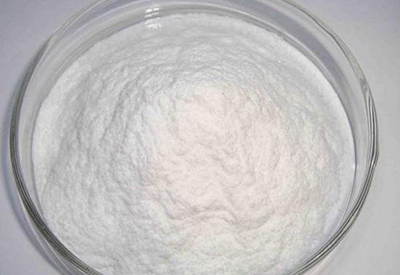Where does tirofiban come from?
Tirofiban is a synthetic, small-molecule glycoprotein IIb/IIIa receptor antagonist. It was developed through medicinal chemistry techniques aimed at creating a drug that can prevent platelet aggregation and, consequently, thrombosis. The development of tirofiban was based on the understanding of the role of glycoprotein IIb/IIIa receptors in platelet function and clot formation. These receptors are critical for platelet aggregation, which is a key process in the formation of blood clots.
The discovery and development of
tirofiban involved several key steps:
Target Identification: Researchers identified the glycoprotein IIb/IIIa receptor as a crucial target for preventing platelet aggregation.
Lead Compound Discovery: Initial lead compounds were identified through various screening processes, including high-throughput screening and structure-activity relationship (SAR) studies.
Optimization: Medicinal chemists then optimized these lead compounds to improve their potency, selectivity, pharmacokinetic properties, and safety profile. This process involves systematic modifications to the chemical structure of the leads to enhance their interaction with the target receptor and reduce undesirable effects.
Clinical Development: Once a promising compound was identified and optimized, it underwent preclinical testing in vitro (in the lab) and in vivo (in animal models) to assess its efficacy and safety. Successful preclinical candidates then progressed to clinical trials in humans to further evaluate their therapeutic potential and safety.

The result of these efforts was tirofiban, which is now used clinically to prevent thrombotic cardiovascular events in patients with acute coronary syndrome and during certain high-risk percutaneous coronary interventions.
